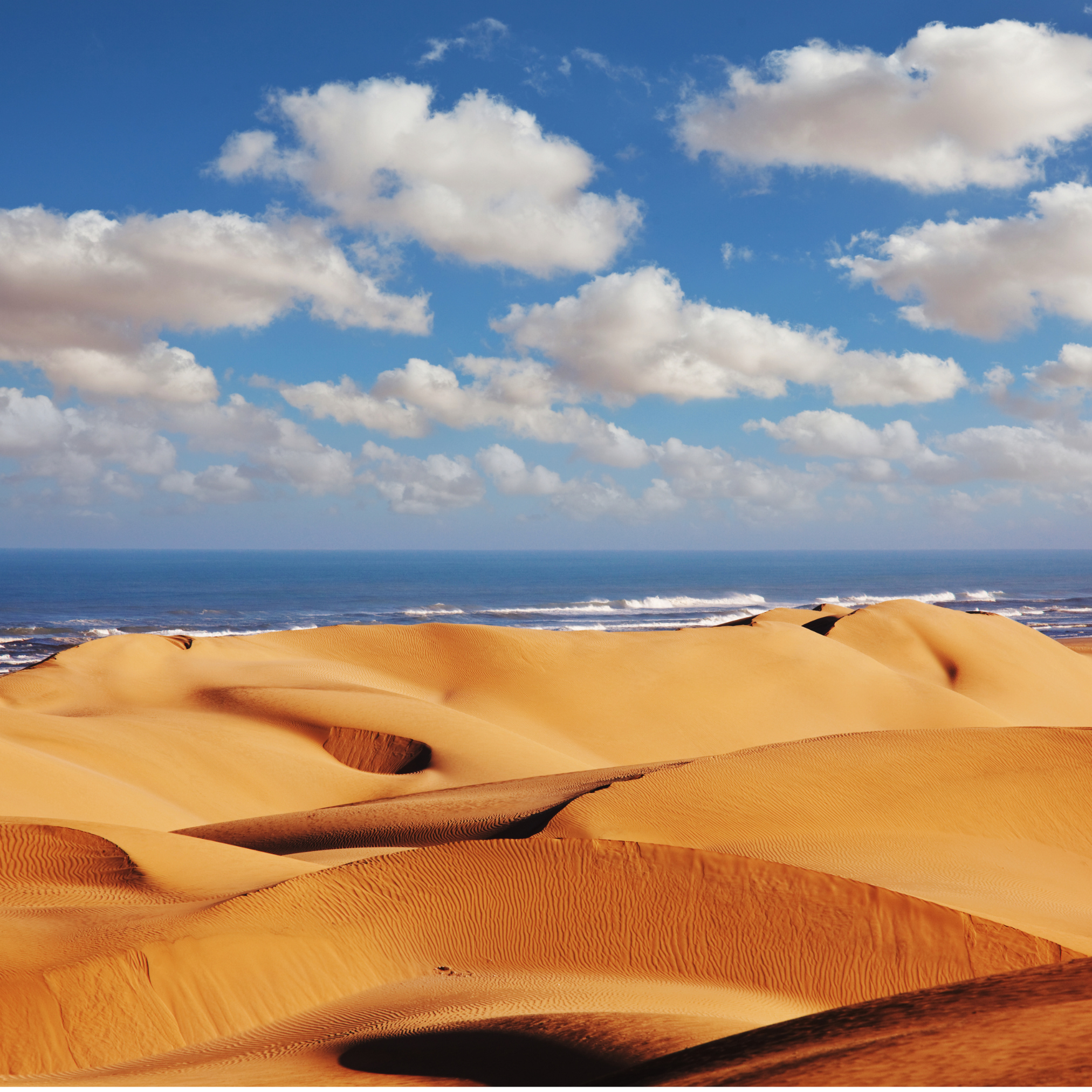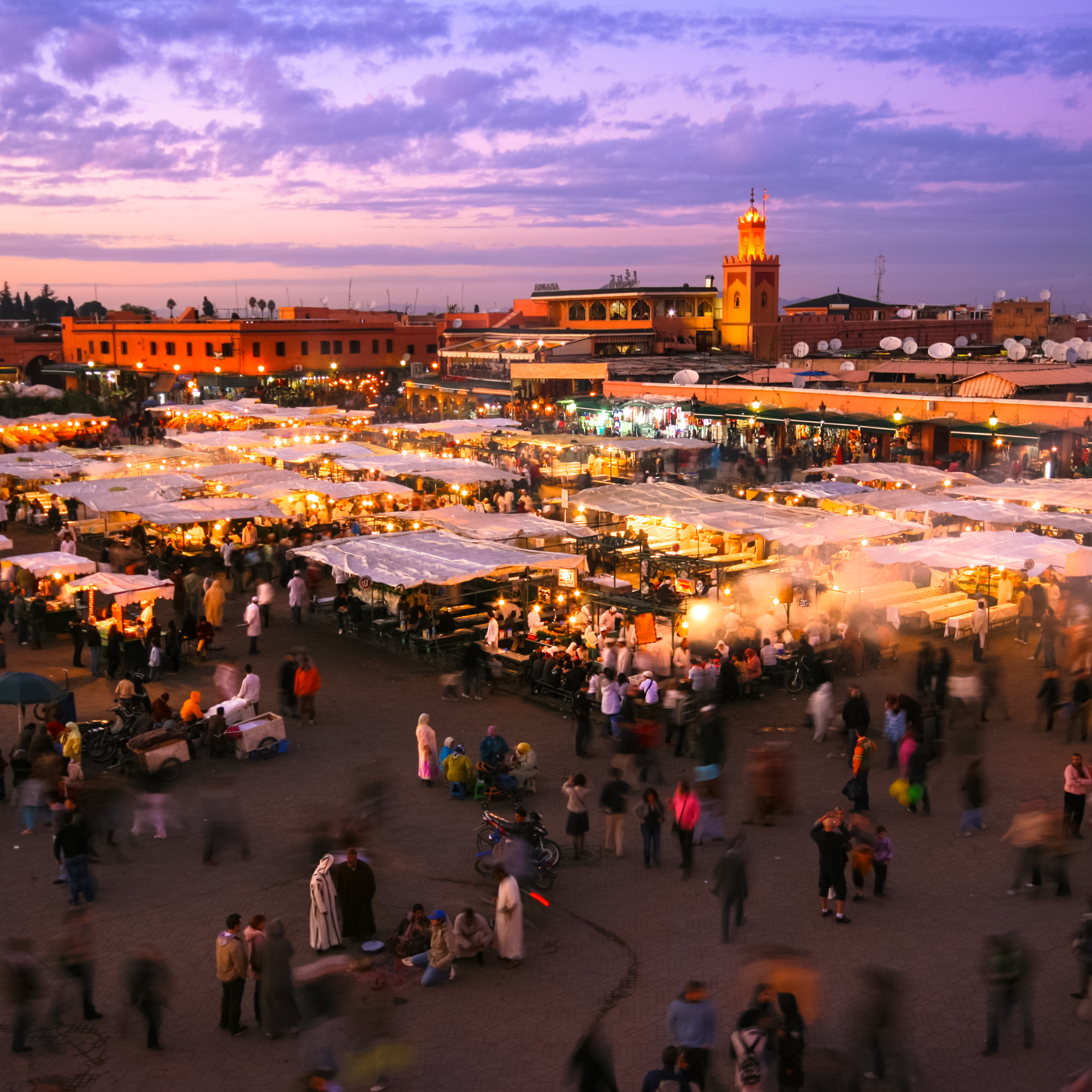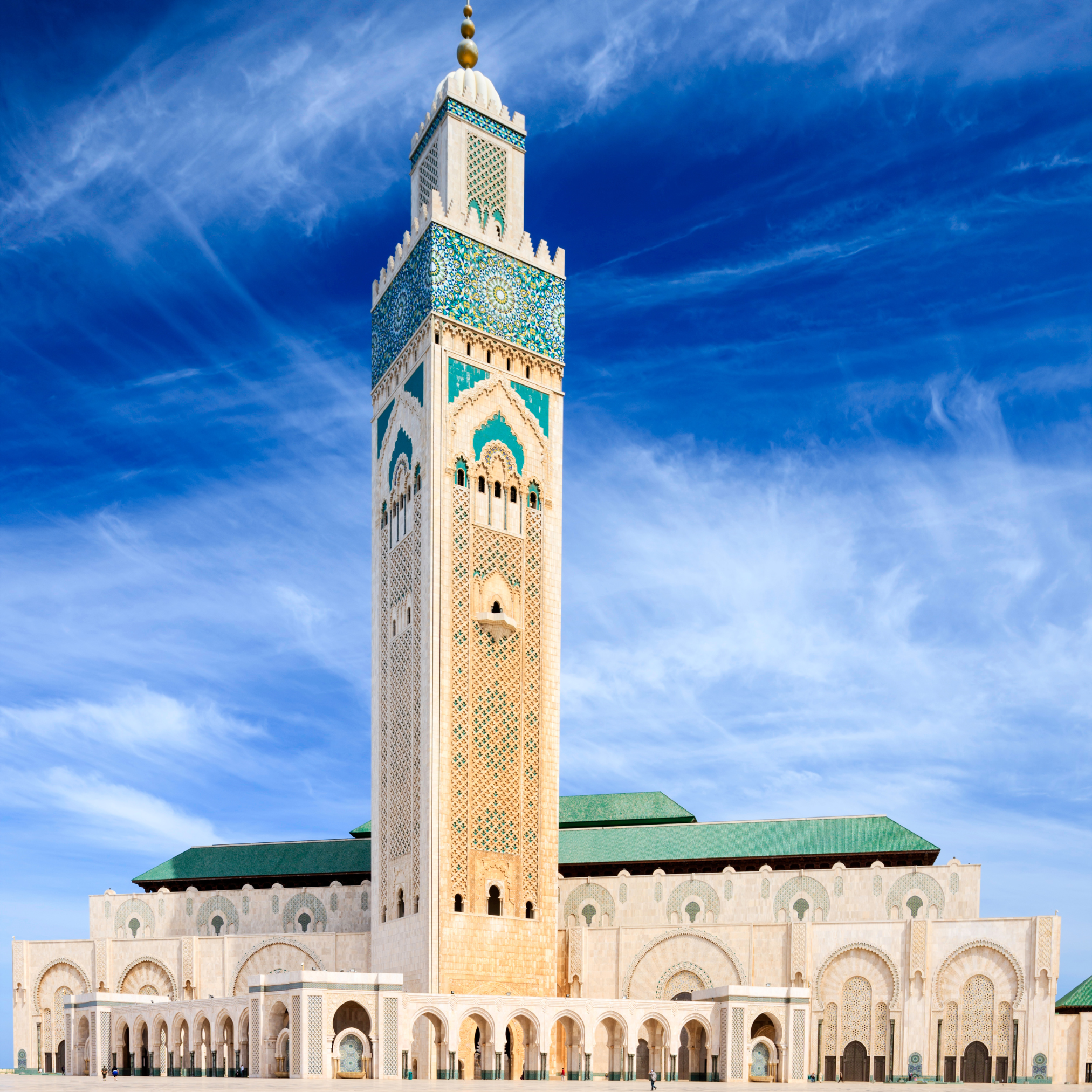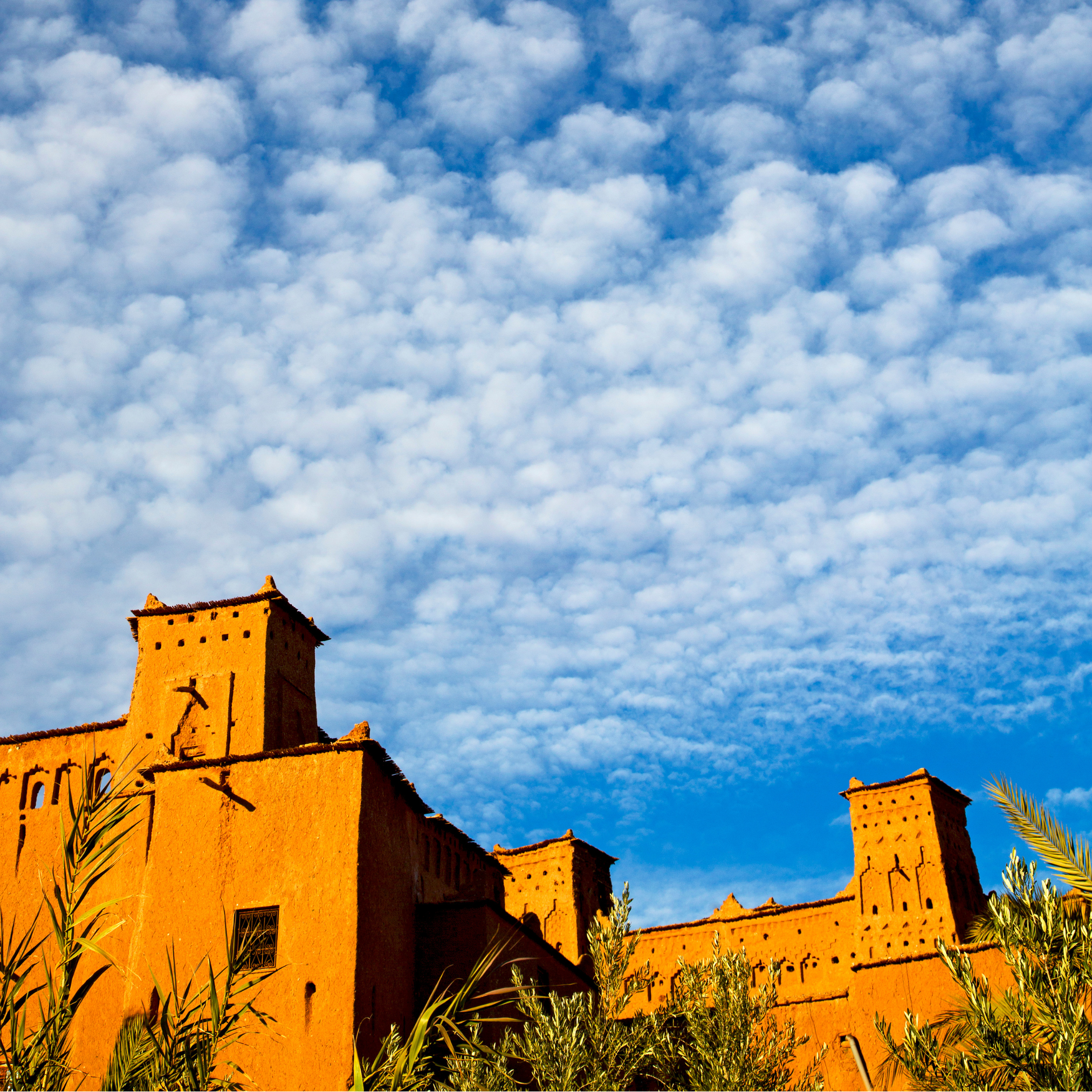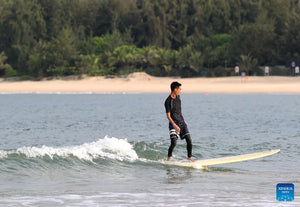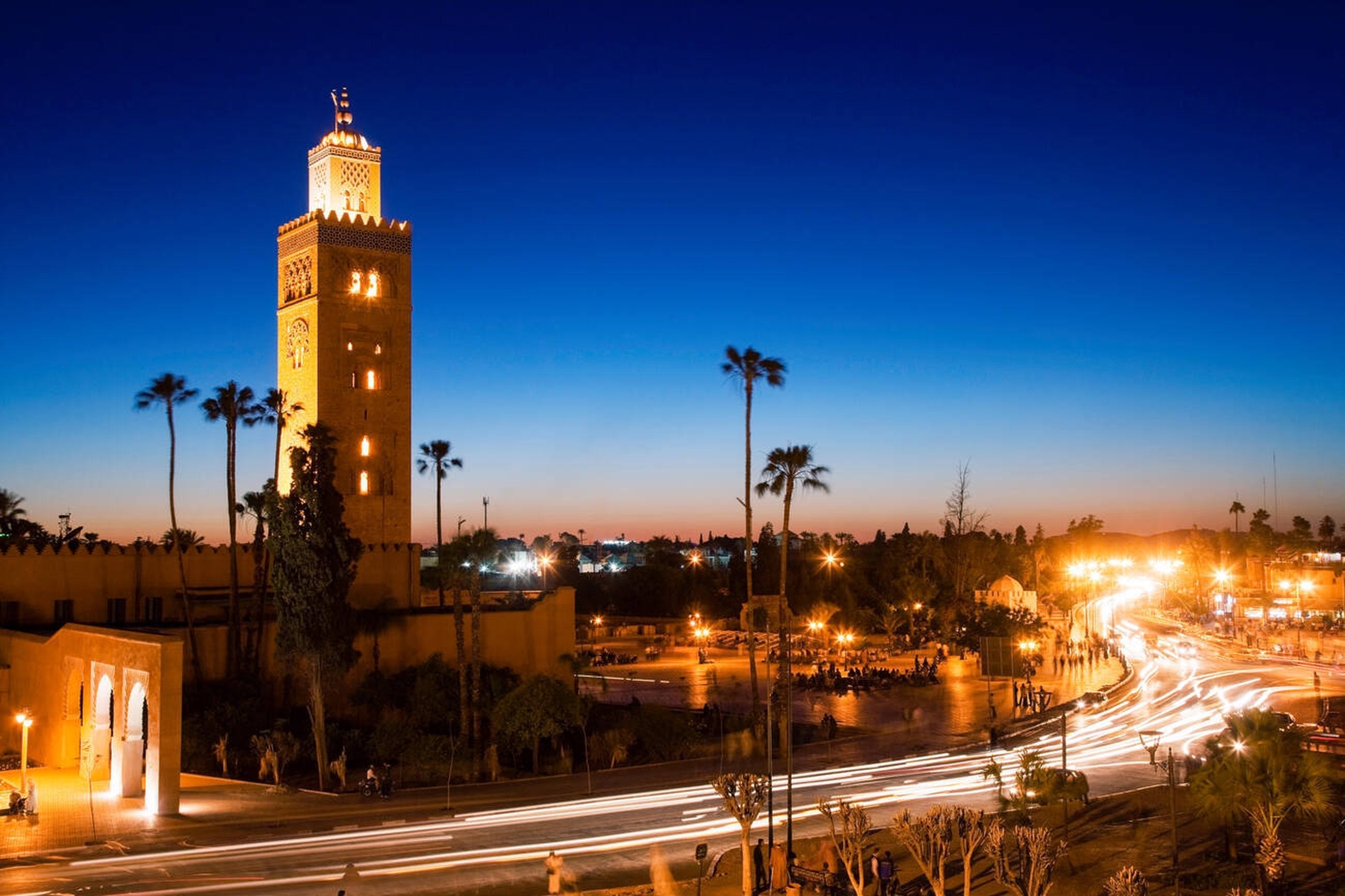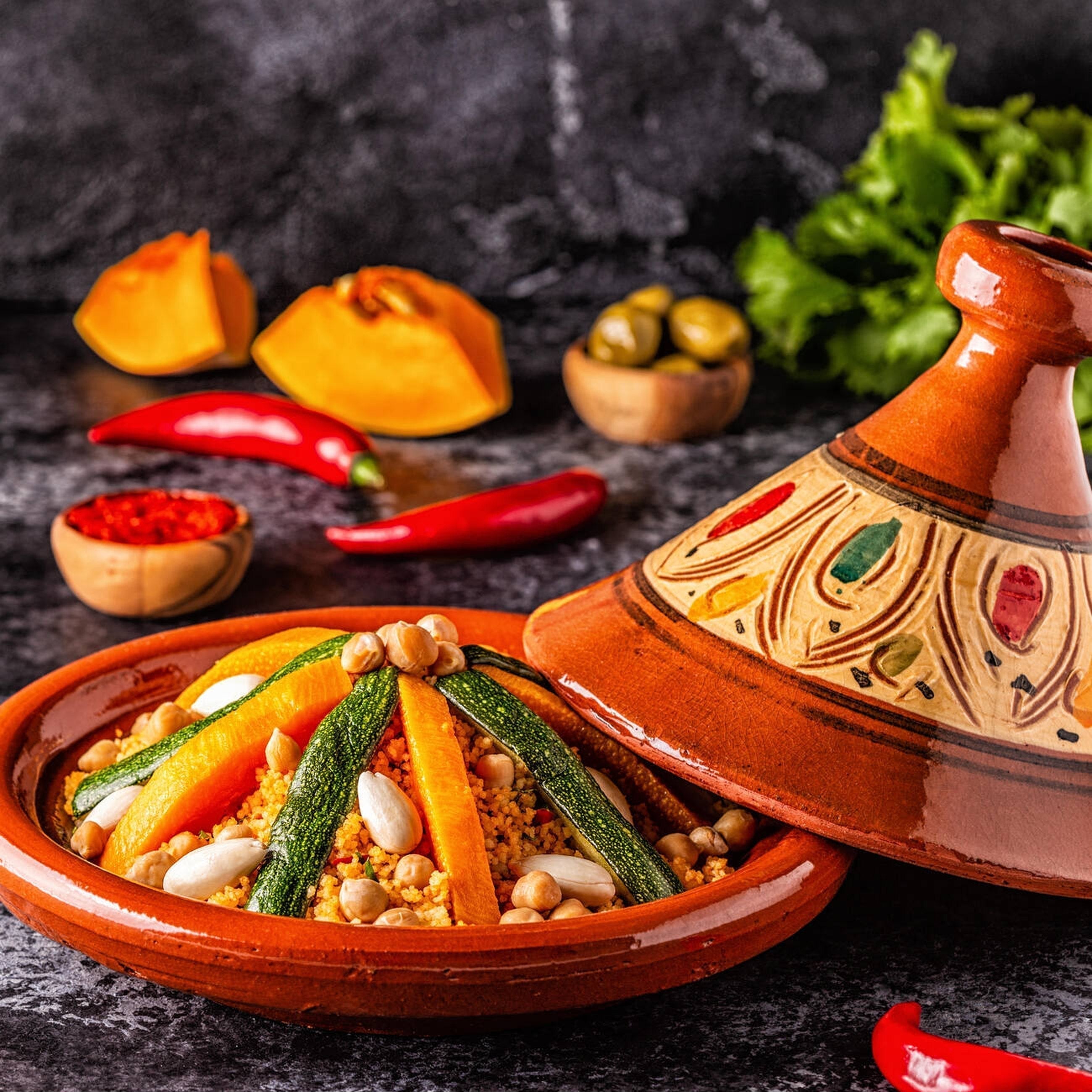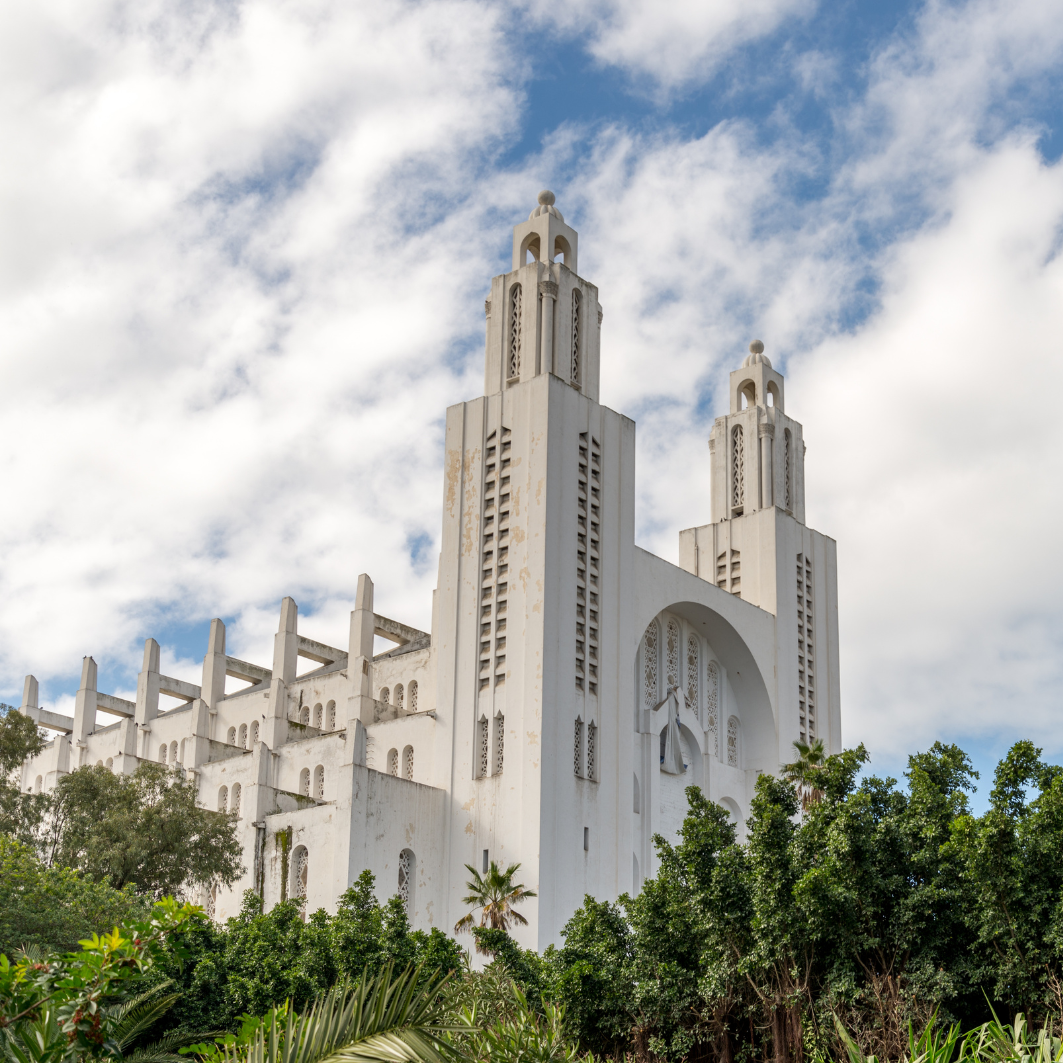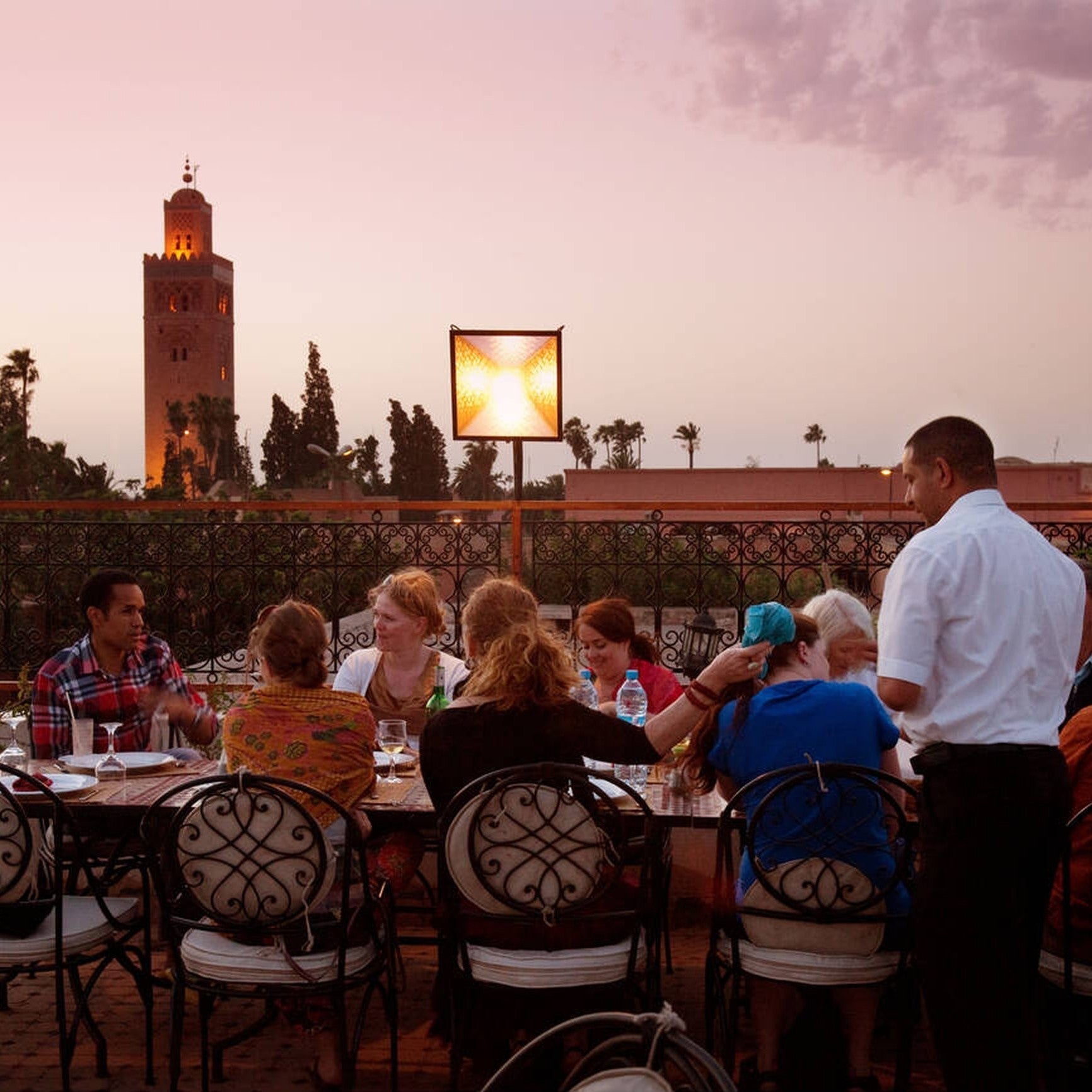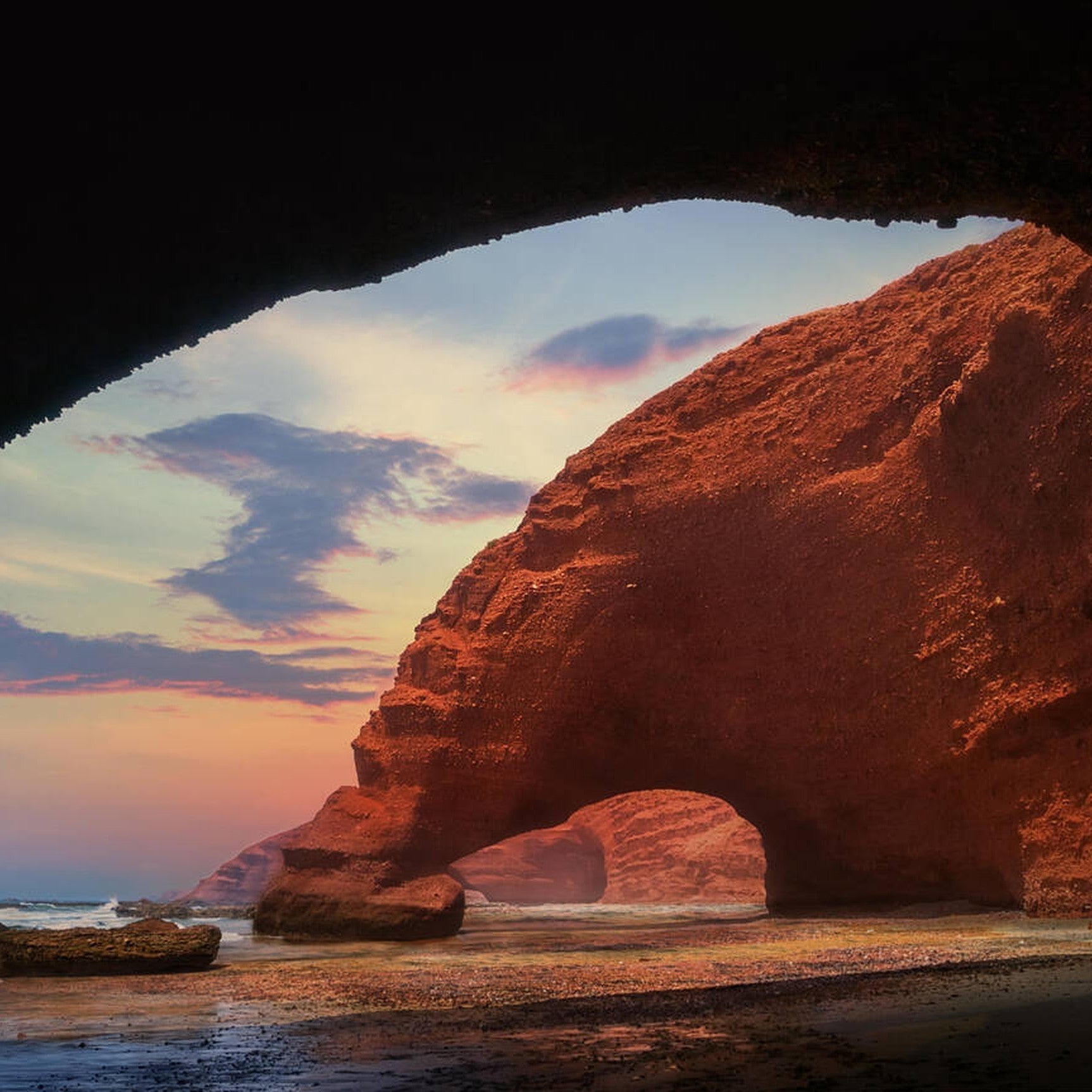Introduction of Beijing Tour
Planning to fly to Beijing for a trip in April, which attractions are good to visit and rewarding? Today, I will give you a list of attractions suitable for visiting in April and detailed guides. If you plan to visit Beijing, you must collect them!
01 Tiananmen Square
When traveling to Beijing, every child should go to Tiananmen Square first. It is one of the important symbols of Chinese politics, culture and history. Tiananmen Square is 880 meters long from north to south and 500 meters wide from east to west. It covers an area of 440,000 square meters. It is the largest city center square in the world and can accommodate 1 million people for grand gatherings.
Booking Methods:
1. Reserve through the "Tiananmen Square Visit Reservation" or "Jingcheng Zhi Yue" mini-programs on WeChat.
2. Use the "Beijing Tong" APP, "Beijing Daily" APP, or "Beijing Time" APP and search for "Tiananmen Square Visit Reservation" to find the booking portal.
3. Visit the Tiananmen District Management Committee’s official website and navigate to the Tiananmen Square Reservation Service Section to book online.
If you find it inconvenient to book via WeChat or the website, feel free to contact us for assistance with reservations!
The flag-raising time is not fixed. If you want to go to Tiananmen Square to watch the flag-raising, you must check the flag-raising time in advance.
How to check the flag-raising time: Check the flag-raising time through official channels such as the "Tiananmen Square Appointment Visit" WeChat applet, "Beijing Tong" APP, "Beijing Daily" APP, and "Beijing Time" APP.
02 National Museum of China
It takes 18 minutes to walk from Tiananmen Square to the National Museum of China. China's 5,000 years of history are all here. You must make reservations in advance.
Booking Method: Make an online reservation via the "National Museum of China" WeChat official account under the "Reservation Entrance" section.
If you don’t have WeChat, feel free to contact us for assistance with booking! 😊
The number of collections in the National Museum of China is extremely large, reaching more than 1 million pieces, covering various periods of Chinese history and different cultural aspects. These collections include bronzes, ceramics, paintings, calligraphy, jade, gold and silver, Buddhist art, etc., each of which carries a profound historical and cultural connotation. It takes about four or five hours to see the whole thing in a hurry. The overall feeling is "sore legs". Of course, there are so many treasures that it will take several days to visit them all in detail.
03 Palace Museum (Forbidden City)
 From the National Museum, it takes 20 minutes to walk to the Palace Museum, a must-visit place in Beijing. Tickets are very difficult to grab. Be sure to grab tickets in advance. Tickets are not sold on site. Don't miss out!
From the National Museum, it takes 20 minutes to walk to the Palace Museum, a must-visit place in Beijing. Tickets are very difficult to grab. Be sure to grab tickets in advance. Tickets are not sold on site. Don't miss out!Booking Method: Make an online reservation via the "National Museum of China" WeChat official account under the "Reservation Entrance" section.
If you don’t have WeChat, feel free to contact us for assistance with booking! 😊
As the royal palace of the Ming and Qing dynasties, the Palace Museum carries rich historical and cultural information and is an excellent place for children to understand ancient Chinese history, culture and art.
By visiting the Forbidden City on site, children can intuitively feel the magnificence of ancient palace architecture and the exquisiteness of cultural relics. This kind of hands-on learning method is often more vivid and interesting than book knowledge, and is easier for children to accept and understand. This museum is worth visiting for every child. You will get something new every time you visit it.
04 Jingshan Park
Jingshan Park has been a royal garden since the Ming and Qing dynasties. It has witnessed the historical changes of Beijing and is an important window for understanding Beijing's history and culture. Jingshan Park is a national AAAA-level tourist attraction and a good place to take panoramic photos of the Forbidden City. In particular, the panoramic view of the Forbidden City from Wanchun Pavilion is the first choice for photography enthusiasts.
Ticket purchase method: You can buy tickets on site, 2 yuan/ticket, April-October: 6:30-21:00, stop selling tickets at 20:30.
05 Badaling Great Wall
"If you haven't been to the Great Wall, you are not a hero." When you come to Beijing, the Great Wall is one of the must-visit places. The Badaling Great Wall was built in the 18th year of Hongzhi in the Ming Dynasty (1505). It is one of the important passes of the Ming Great Wall. The watchtowers, walls and passes are well preserved. It is known as the "Jade Pass Natural Moat" and is one of the eight scenic spots of Juyongguan in the Ming Dynasty. From downtown Beijing, you can take a bus or train to the Badaling Great Wall. You can also choose to drive there, and the tour takes 1 day.
Ticket purchase method: You can follow the official WeChat public account of "Badaling Great Wall", the official WeChat public account of "Inside and Outside the Great Wall Tour", or log in to the official website of the Badaling Great Wall Scenic Area to make a real-name reservation and purchase tickets.
Ticket price (April 1 to October 31): 40 yuan/person; student ticket (undergraduate students): 20 yuan/person; specific groups (such as minors under 18 years old, elderly over 60 years old, disabled people, etc.) can enter the park free of charge with valid certificates; the night tour ticket price is 198 yuan/person.
06 Qianmen Street
Qianmen Street is a very famous commercial street in Beijing, an AAAA-level scenic spot, located on the central axis of Beijing, starting from Qianmen Moon Bay in the north and ending at Tianqiao intersection in the south, connected to Tianqiao South Street, with a total length of about 845 meters. Qianmen Street is a prosperous commercial district where ancient and modern, traditional and fashionable, national brands and international brands coexist. The famous Dashilan is here, with many time-honored shops, such as Quanjude Roast Duck Restaurant, Bianyifang Roast Duck Restaurant, Duyichu Shaomai Restaurant, etc. Qianmen Street carries a rich historical and cultural heritage, including architectural culture, ancient business culture, opera culture, guild hall culture, folk culture, etc. Guanghe Tower is a must-see landscape on Qianmen Street. It was once the earliest and most famous theater in Beijing.
Reservation method: All day, no reservation and tickets are required.
07 Temple of Heaven Park
Temple of Heaven Park is the largest existing ancient sacrificial architectural complex in China and a world cultural heritage. It was built in the 18th year of Yongle in the Ming Dynasty (1420) and was the place where the emperors of the Ming and Qing dynasties "worshipped heaven" and "praied for good harvests". The Hall of Prayer for Good Harvests is one of the core buildings of the Temple of Heaven Park. It is a three-story building with a round spire, which symbolizes the cosmic view of "round heaven and square earth". The hall enshrines the gods of heaven and earth and is the place where the emperor prays for good weather and good harvests. Another must-see is the Echo Wall, which has a hard and smooth wall that can produce an echo effect. It is a good place for tourists to experience the ancient acoustic principles.
Ticket purchase method: Tickets can be purchased on site. Adult combined ticket (Hall of Prayer for Good Harvests + Echo Wall + Circular Mound) is 34 yuan; student combined ticket: 17 yuan.
08 Summer Palace
The Summer Palace was first built in the 15th year of Emperor Qianlong's reign (1750) in the Qing Dynasty. It was originally the Qingyi Garden. It was later rebuilt in the 14th year of Emperor Guangxu's reign (1888) and renamed the Summer Palace as a summer resort. It has been listed in the World Heritage List. The Summer Palace is mainly composed of two major parts: Longevity Hill and Kunming Lake. Among them, the Buddhist Incense Pavilion, the Long Corridor, the Marble Boat, Suzhou Street, the Seventeen-Arch Bridge, the Harmonious Garden, and the Grand Theater are all famous attractions.
Ticket purchase method: Tickets can be purchased on site, the ticket price is 30 yuan, and the combined ticket (including the ticket and the Garden in the Garden ticket) is 60 yuan.
09 Old Summer Palace
The Old Summer Palace is a large imperial garden in the Qing Dynasty in China, covering an area of more than 350 hectares, of which the water surface area is about 140 hectares. It consists of the Old Summer Palace, the Qichun Garden, and the Changchun Garden. The Old Summer Palace is the largest, so it is collectively called the Old Summer Palace. In 1860, the British and French allied forces invaded Beijing and set fire to the Old Summer Palace. The Old Summer Palace and the nearby Qingyi Garden, Jingming Garden, Jingyi Garden, Changchun Garden and Haidian Town were all burned. In the 26th year of Emperor Guangxu of the Qing Dynasty (1900), the Eight-Nation Alliance invaded Beijing, and the buildings and ancient trees of the Old Summer Palace were once again completely destroyed. After the fall of the Qing Dynasty, the relics of the Old Summer Palace were plundered by bureaucrats, warlords, and profiteers for a long time.
Ticket purchase method: You can buy tickets offline, adult tickets (including the main gate, back gate, Wanchun Garden, Western Building, Imperial Garden, Suzhou Street and other attractions) are 45 yuan; student tickets are 25 yuan; children's tickets (free for those under 1.2 meters tall, and children's tickets for those over 1.2 meters tall) are 25 yuan; senior citizen tickets (people over 60 years old can purchase with valid ID) are 25 yuan.
10 Lama Temple
The Lama Temple is an important religious building located in Dongcheng District, Beijing. It is also one of the largest Tibetan Buddhist temples in Beijing. Since Emperor Qianlong was born here and two emperors came from the Lama Temple, the palace has yellow tiles and red walls, the same specifications as the Forbidden City. The Lama Temple was built by Emperor Kangxi for his fourth son Yinzhen (later Emperor Yongzheng), called Prince Yong's Mansion. Later, the palace was changed to a temporary palace, called the Lama Temple. In the ninth year of Qianlong (1744), the Lama Temple was changed into a Lama Temple and became the center for the Qing government to manage Tibetan Buddhist affairs throughout the country.
How to book: Buy tickets in advance through official channels such as "Lama Temple Tourist and Believer Service". The ticket price is 25 yuan/person on weekdays and 35 yuan/person on holidays. Students can enter at half price, and children, soldiers, and the disabled can enter with valid passports.
If you want to know more about China, please refer to our blog: China travel guides.
Want to customize your China travel itinerary? Feel free to contact us for personalized tour experiences:
Email: [email protected]
WhatsApp: +212713053383
WeChat: MLG0714624860


